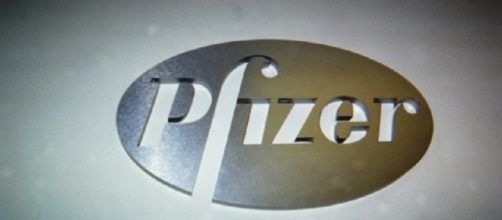The U.S. FDA on Thursday, August 17, gave the green signal to Drug Besponsa, developed and marketed by Pfizer Inc. The drug will be used for the treatment of B-cell precursor acute lymphoblastic leukemia or ALL in adults. However, the medicine will be coming with a boxed warning when it eventually hits the market.
What is B-cell precursor ALL?
The disease is a type of fast progressing cancer that takes place in our bone marrows. After the attack, the bone marrow starts producing too many B-cell lymphocytes which are a white blood cell type. Per the National Cancer Institute, approximately 5,970 Americans are diagnosed with this type of cancer, out of whom an estimated 1,440 succumb to death.
The Pfizer drug, Besponsa works as a targeted therapy on the growth of these cancerous cells.
FDA clears rare Pfizer drug for blood cancer
Richard Pazdur from the FDA explained the reason behind the approval of this rare drug. Pazdur shared that it was meant for adults whose cancer has not responded to the preliminary treatment or has relapsed back after the initial treatment. He stated that life expectancy in such cases is usually low and after the relapse, only a few options of treatment are available to them. The approval of the drug Besponsa will give them a new treatment option to go forward with.
Positive and Negative effects of the Besponsa drug
The efficiency and the safety of Bespona was tested through a random trial carried out on 326 people with refractory or relapses B-cell ALL.
These patients had received one or two initial treatments before cancer made a comeback. The participants of the trial were randomly given either Besponsa or an alternative chemotherapy as treatment of the B-cell ALL. 35.8 percent of the participants on the Besponsa treatment experienced complete remission within eight months of the treatment while only 17.4 percent of patients on chemotherapy experienced CR within an average of 4.9 months.
Side effects of Besponsa
After the intake of Besponsa, the person may experience fatigue, nausea, fever, abdominal pain, or liver damage. Apart from that the side effects also include low levels of red blood cells, low levels of platelets, severe bleeding, low levels of certain White Blood Cells, low levels of white blood cells with fever, high levels of bilirubin in the blood, and infection. The drug would also come with a boxed warning for the blockage of veins in the liver and extensive liver damage.


